The sequence, in which each number is the sum of the two preceding numbers is known as the Fibonacci series: 1, 1, 2, 3, 5, 8, 13, 21, 34, 55, 89, 144, 233, 377, 610, 987, 1597, 2584, 4181, ... (each number is the sum of the previous two).
The ratio of successive pairs tends to the so-called golden section
(GS) - 1.618033989 . . . . . whose reciprocal is 0.618033989 . . . . . so that we have 1/GS = 1 + GS.
The Fibonacci sequence, generated by the rule f1 = f2 = 1 , fn+1 = fn + fn-1,
is well known in many different areas of mathematics and science.
However, it is quite amazing that the Fibonacci number patterns occur so frequently in nature ( flowers, shells, plants, leaves, to name a few) that this phenomenon appears to be one of the principal "laws of nature".
History of Fibonacci Number
Fibonacci was known in his time and is still recognized today as the "greatest European mathematician of the middle ages." He was born in the 1170's and died in the 1240's and there is now a statue commemorating him located at the Leaning Tower end of the cemetery next to the Cathedral in Pisa. Fibonacci's name is also perpetuated in two streetsthe quayside Lungarno Fibonacci in Pisa and the Via Fibonacci in Florence.
His full name was Leonardo of Pisa, or Leonardo Pisano in Italian since he was born in Pisa. He called himself Fibonacci which was short for Filius Bonacci, standing for "son of Bonacci", which was his father's name. Leonardo's father( Guglielmo Bonacci) was a kind of customs officer in the North African town of Bugia, now called Bougie. So Fibonacci grew up with a North African education under the Moors and later travelled extensively around the Mediterranean coast. He then met with many merchants and learned of their systems of doing arithmetic. He soon realized the many advantages of the "Hindu-Arabic" system over all the others. He was one of the first people to introduce the Hindu-Arabic number system into Europe-the system we now use today- based of ten digits with its decimal point and a symbol for zero: 1 2 3 4 5 6 7 8 9. and 0
His book on how to do arithmetic in the decimal system, called Liber abbaci (meaning Book of the Abacus or Book of calculating) completed in 1202 persuaded many of the European mathematicians of his day to use his "new" system. The book goes into detail (in Latin) with the rules we all now learn in elementary school for adding, subtracting, multiplying and dividing numbers altogether with many problems to illustrate the methods in detail.
( http://www.mcs.surrey.ac.uk/Personal/R.Knott/Fibonacci/fibnat.html#Rabbits )
Pascal's Triangle and Fibonacci Numbers
The triangle was studied by B. Pascal, although it had been described centuries earlier by Chinese mathematician Yanghui (about 500 years earlier, in fact) and the Persian astronomer-poet Omar Khayyám.
Pascal's Triangle is described by the following formula:
![]()
where ![]() is a binomial coefficient.
is a binomial coefficient.

sum to Fibonacci numbers.
Fibonacci and Nature
Flower Patterns and Fibonacci Numbers
Why is it that the number of petals in a flower is often one of the following numbers: 3, 5, 8, 13, 21, 34 or 55? For example, the lily has three petals, buttercups have five of them, the chicory has 21 of them, the daisy has often 34 or 55 petals, etc. Furthermore, when one observes the heads of sunflowers, one notices two series of curves, one winding in one sense and one in another; the number of spirals not being the same in each sense. Why is the number of spirals in general either 21 and 34, either 34 and 55, either 55 and 89, or 89 and 144? The same for pinecones : why do they have either 8 spirals from one side and 13 from the other, or either 5 spirals from one side and 8 from the other? Finally, why is the number of diagonals of a pineapple also 8 in one direction and 13 in the other?

Passion Fruit
© All rights reserved Image Source >>
Are these numbers the product of chance? No! They all belong to the Fibonacci sequence: 1, 2, 3, 5, 8, 13, 21, 34, 55, 89, 144, etc. (where each number is obtained from the sum of the two preceding). A more abstract way of putting it is that the Fibonacci numbers fn are given by the formula f1 = 1, f2 = 2, f3 = 3, f4 = 5 and generally f n+2 = fn+1 + fn . For a long time, it had been noticed that these numbers were important in nature, but only relatively recently that one understands why. It is a question of efficiency during the growth process of plants.
The explanation is linked to another famous number, the golden mean, itself intimately linked to the spiral form of certain types of shell. Let's mention also that in the case of the sunflower, the pineapple and of the pinecone, the correspondence with the Fibonacci numbers is very exact, while in the case of the number of flower petals, it is only verified on average (and in certain cases, the number is doubled since the petals are arranged on two levels).

© All rights reserved.
Let's underline also that although Fibonacci historically introduced these numbers in 1202 in attempting to model the growth of populations of rabbits, this does not at all correspond to reality! On the contrary, as we have just seen, his numbers play really a fundamental role in the context of the growth of plants
THE EFFECTIVENESS OF THE GOLDEN MEAN
The explanation which follows is very succinct. For a much more detailed explanation, with very interesting animations, see the web site in the reference.
In many cases, the head of a flower is made up of small seeds which are produced at the centre, and then migrate towards the outside to fill eventually all the space (as for the sunflower but on a much smaller level). Each new seed appears at a certain angle in relation to the preceeding one. For example, if the angle is 90 degrees, that is 1/4 of a turn, the result after several generations is that represented by figure 1.

Of course, this is not the most efficient way of filling space. In fact, if the angle between the appearance of each seed is a portion of a turn which corresponds to a simple fraction, 1/3, 1/4, 3/4, 2/5, 3/7, etc (that is a simple rational number), one always obtains a series of straight lines. If one wants to avoid this rectilinear pattern, it is necessary to choose a portion of the circle which is an irrational number (or a nonsimple fraction). If this latter is well approximated by a simple fraction, one obtains a series of curved lines (spiral arms) which even then do not fill out the space perfectly (figure 2).
In order to optimize the filling, it is necessary to choose the most irrational number there is, that is to say, the one the least well approximated by a fraction. This number is exactly the golden mean. The corresponding angle, the golden angle, is 137.5 degrees. (It is obtained by multiplying the non-whole part of the golden mean by 360 degrees and, since one obtains an angle greater than 180 degrees, by taking its complement). With this angle, one obtains the optimal filling, that is, the same spacing between all the seeds (figure 3).
This angle has to be chosen very precisely: variations of 1/10 of a degree destroy completely the optimization. (In fig 2, the angle is 137.6 degrees!) When the angle is exactly the golden mean, and only this one, two families of spirals (one in each direction) are then visible: their numbers correspond to the numerator and denominator of one of the fractions which approximates the golden mean : 2/3, 3/5, 5/8, 8/13, 13/21, etc.
These numbers are precisely those of the Fibonacci sequence (the bigger the numbers, the better the approximation) and the choice of the fraction depends on the time laps between the appearance of each of the seeds at the center of the flower.
REFERENCES:
-
An excellent Internet site of Ron Knot's at the University of Surrey on this and related topics.
-
S. Douady et Y. Couder, La physique des spirales végétales, La Recherche, janvier 1993, p. 26 (In French).
Human Hand
Every human has two hands, each one of these has five fingers, each finger has three parts which are separated by two knuckles. All of these numbers fit into the sequence. However keep in mind, this could simply be coincidence.

Human Face
Knowledge of the golden section, ratio and rectangle goes back to the Greeks, who based their most famous work of art on them: the Parthenon is full of golden rectangles. The Greek followers of the mathematician and mystic Pythagoras even thought of the golden ratio as divine.

Later, Leonardo da Vinci painted Mona Lisa's face to fit perfectly into a golden rectangle, and structured the rest of the painting around similar rectangles.

Mozart divided a striking number of his sonatas into two parts whose lengths reflect the golden ratio, though there is much debate about whether he was conscious of this. In more modern times, Hungarian composer Bela Bartok and French architect Le Corbusier purposefully incorporated the golden ratio into their work.
Even today, the golden ratio is in human-made objects all around us. Look at almost any Christian cross; the ratio of the vertical part to the horizontal is the golden ratio. To find a golden rectangle, you need to look no further than the credit cards in your wallet.
Despite these numerous appearances in works of art throughout the ages, there is an ongoing debate among psychologists about whether people really do perceive the golden shapes, particularly the golden rectangle, as more beautiful than other shapes. In a 1995 article in the journal Perception, professor Christopher Green,
of York University in Toronto, discusses several experiments over the years that have shown no measurable preference for the golden rectangle, but notes that several others have provided evidence suggesting such a preference exists.
Regardless of the science, the golden ratio retains a mystique, partly because excellent approximations of it turn up in many unexpected places in nature. The spiral inside a nautilus shell is remarkably close to the golden section, and the ratio of the lengths of the thorax and abdomen in most bees is nearly the golden ratio. Even a cross section of the most common form of human DNA fits nicely into a golden decagon. The golden ratio and its relatives also appear in many unexpected contexts in mathematics, and they continue to spark interest in the mathematical community.
Dr. Stephen Marquardt, a former plastic surgeon, has used the golden section, that enigmatic number that has long stood for beauty, and some of its relatives to make a mask that he claims is the most beautiful shape a human face can have.

The Mask of a perfect human face

Egyptian Queen Nefertiti (1400 B.C.)

Fibonacci's Rabbits
The original problem that Fibonacci investigated, in the year 1202, was about how fast rabbits could breed in ideal circumstances. "A pair of rabbits, one month old, is too young to reproduce. Suppose that in their second month, and every month thereafter, they produce a new pair. If each new pair of rabbits does the same, and none of the rabbits dies, how many pairs of rabbits will there be at the beginning of each month?"
- At the end of the first month, they mate, but there is still one only 1 pair.
- At the end of the second month the female produces a new pair, so now there are 2 pairs of rabbits in the field.
- At the end of the third month, the original female produces a second pair, making 3 pairs in all in the field.
- At the end of the fourth month, the original female has produced yet another new pair, the female born two months ago produces her first pair also, making 5 pairs. (http://www.mcs.surrey.ac.uk/Personal/R.Knott/Fibonacci/fibBio.html)
The number of pairs of rabbits in the field at the start of each month is 1, 1, 2, 3, 5, 8, 13, 21, etc.
The Fibonacci Rectangles and Shell Spirals
We can make another picture showing the Fibonacci numbers 1,1,2,3,5,8,13,21,.. if we start with two small squares of size 1 next to each other. On top of both of these draw a square of size 2 (=1+1).
 |  |

Phi pendant gold - a Powerful Tool for Finding Harmony and Beauty
We can now draw a new square - touching both a unit square and the latest square of side 2 - so having sides 3 units long; and then another touching both the 2-square and the 3-square (which has sides of 5 units). We can continue adding squares around the picture, each new square having a side which is as long as the sum of the latest two square's sides. This set of rectangles whose sides are two successive Fibonacci numbers in length and which are composed of squares with sides which are Fibonacci numbers, we will call the Fibonacci Rectangles.
The next diagram shows that we can draw a spiral by putting together quarter circles, one in each new square. This is a spiral (the Fibonacci Spiral). A similar curve to this occurs in nature as the shape of a snail shell or some sea shells. Whereas the Fibonacci Rectangles spiral increases in size by a factor of Phi (1.618..) in a quarter of a turn (i.e. a point a further quarter of a turn round the curve is 1.618... times as far from the centre, and this applies to all points on the curve), the Nautilus spiral curve takes a whole turn before points move a factor of 1.618... from the centre.


A slice through a Nautilus shell
These spiral shapes are called Equiangular or Logarithmic spirals. The links from these terms contain much more information on these curves and pictures of computer-generated shells.

Here is a curve which crosses the X-axis at the Fibonacci numbers
The spiral part crosses at 1 2 5 13 etc on the positive axis, and 0 1 3 8 etc on the negative axis. The oscillatory part crosses at 0 1 1 2 3 5 8 13 etc on the positive axis. The curve is strangely reminiscent of the shells of Nautilus and snails. This is not surprising, as the curve tends to a logarithmic spiral as it expands.




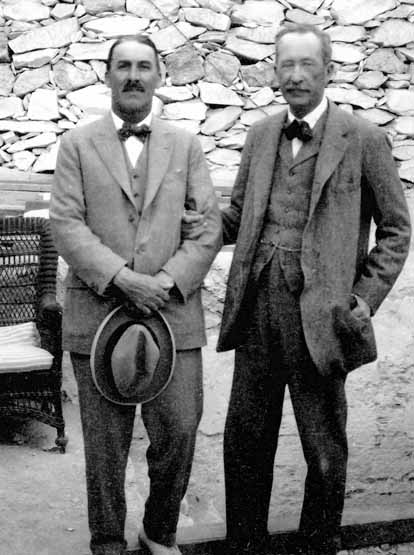
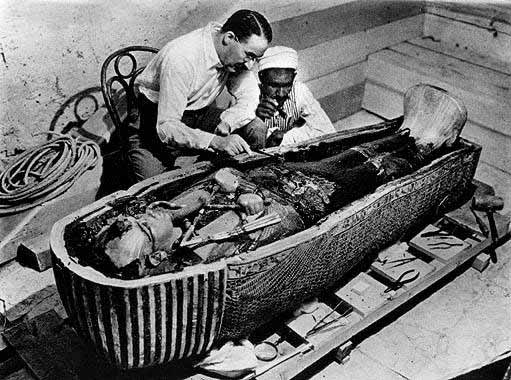
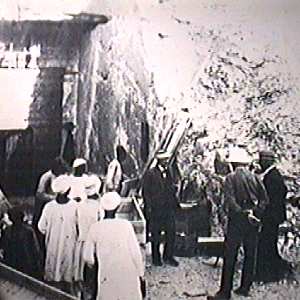
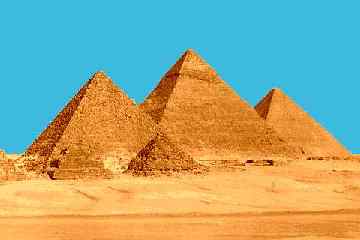

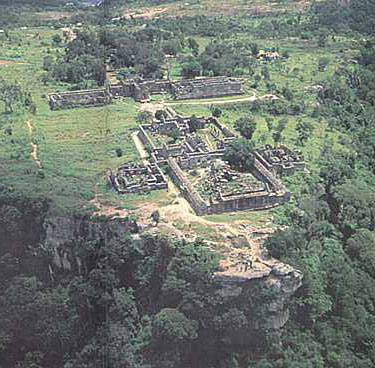
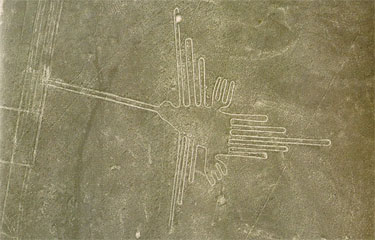
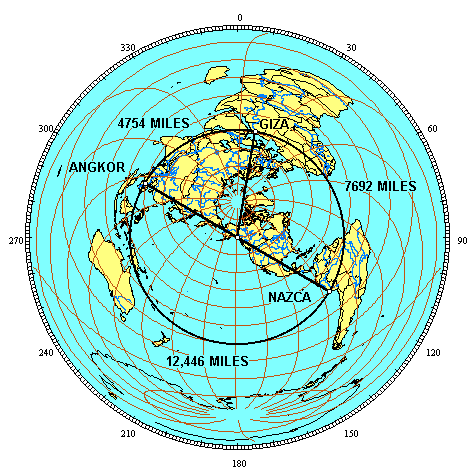

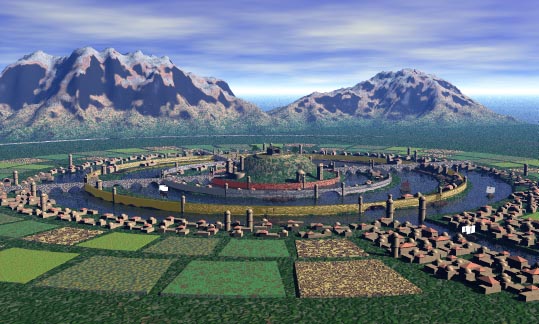
 If we make the assumption that Atlantis was a real place, it seems logical that it could be found west of the Straight of Gibraltar near the Azores Islands. In 1882 a man named Ignatius Donnelly published a book titled Atlantis, the Antediluvian World. Donnelly, an American politician, had come to the belief that Plato's story represented actual historical fact. He located Atlantis in the middle of the Atlantic Ocean, suggesting the Azores Islands represented what remained of the highest mountain peaks. Donnelly said he had studied zoology and geology and had come to the conclusion that civilization itself had begun with the Atlantians and had spread out throughout the world as the Atlantians established colonies in places like ancient Egypt and Peru. Donnelly's book became a world-wide best seller, but researchers could not take Donnelly's theories seriously as he offered no proof for his ideas.
If we make the assumption that Atlantis was a real place, it seems logical that it could be found west of the Straight of Gibraltar near the Azores Islands. In 1882 a man named Ignatius Donnelly published a book titled Atlantis, the Antediluvian World. Donnelly, an American politician, had come to the belief that Plato's story represented actual historical fact. He located Atlantis in the middle of the Atlantic Ocean, suggesting the Azores Islands represented what remained of the highest mountain peaks. Donnelly said he had studied zoology and geology and had come to the conclusion that civilization itself had begun with the Atlantians and had spread out throughout the world as the Atlantians established colonies in places like ancient Egypt and Peru. Donnelly's book became a world-wide best seller, but researchers could not take Donnelly's theories seriously as he offered no proof for his ideas. 








